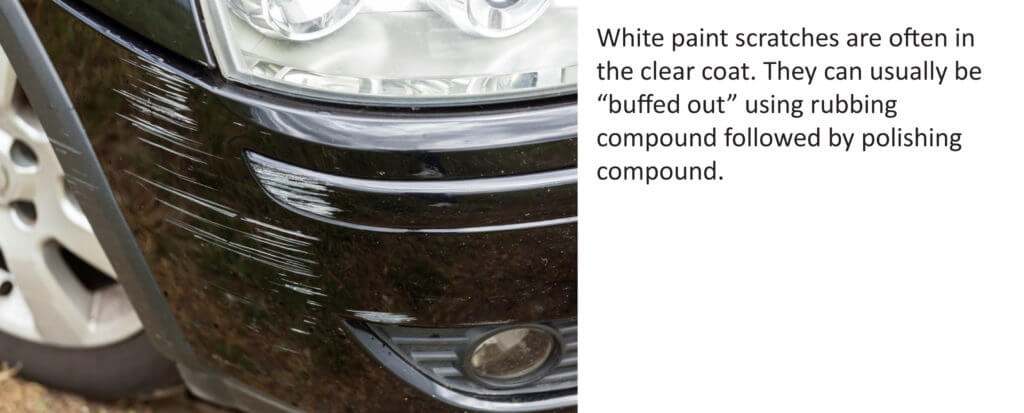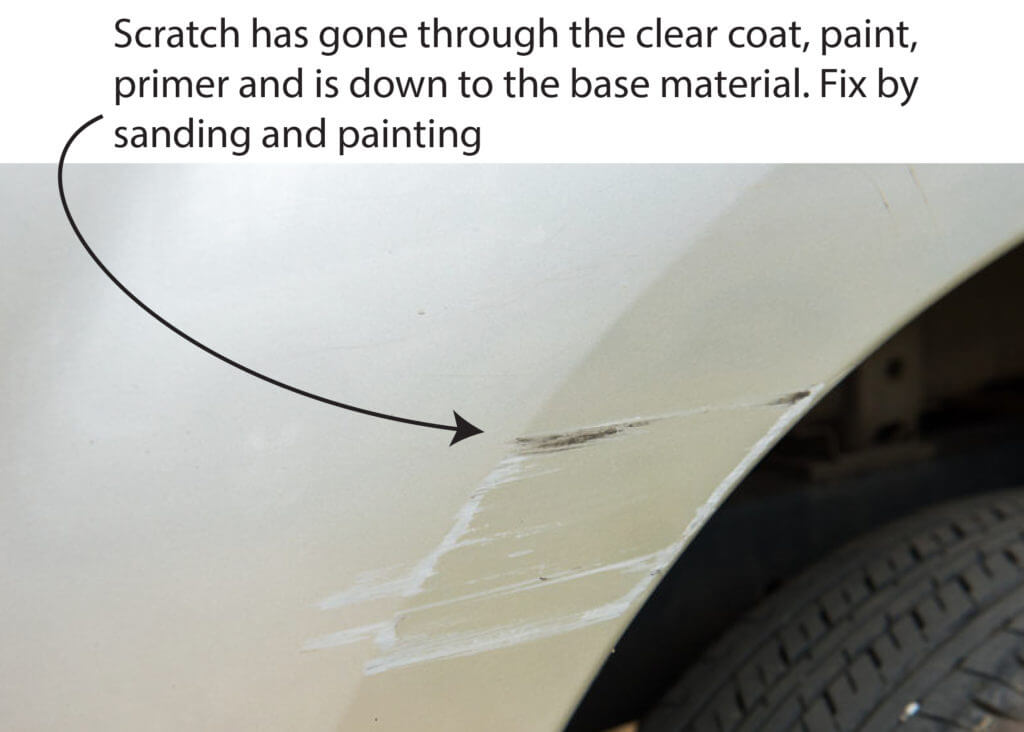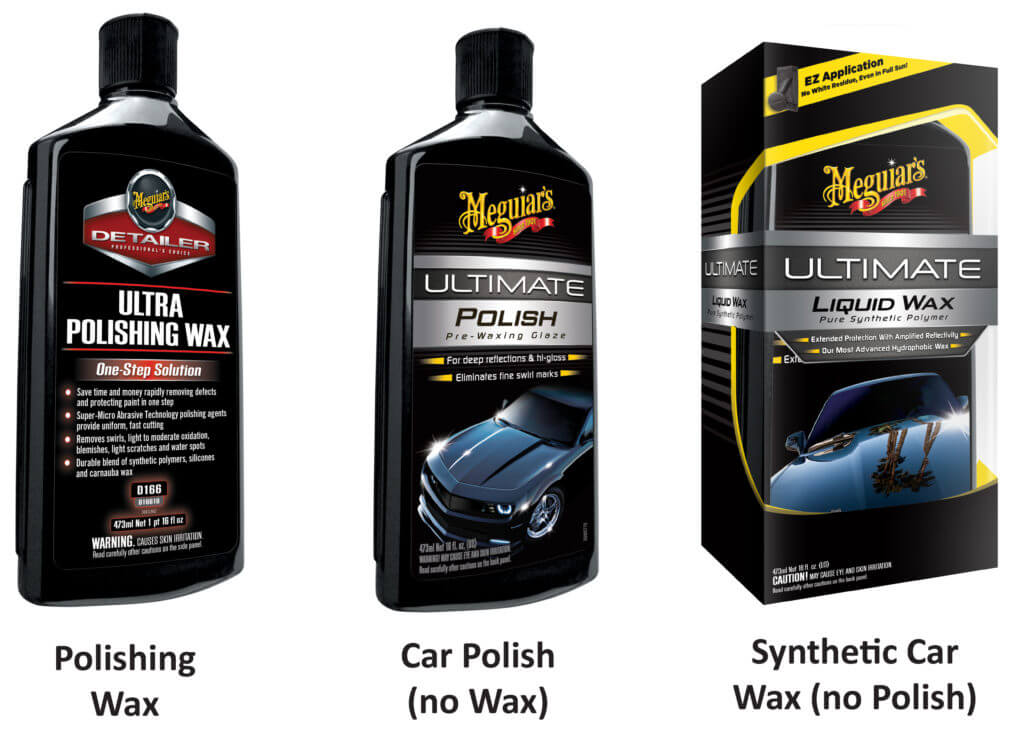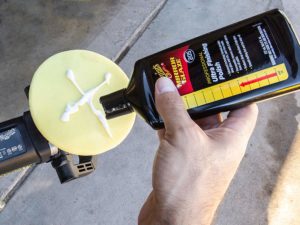Polishing compound and rubbing compound — Difference
Learn the difference between polishing compound and rubbing compound
Polishing compound and rubbing compound are both used to restore shine and smoothness to surfaces like metal, fiberglass, and paint. However, they work in slightly different ways and are designed for different applications. The key difference between polishing compound and rubbing compound is that polishing compounds are finer and are used for light surface refinement, while rubbing compounds are more abrasive and are used to remove deeper scratches or oxidation.
In many ways, the difference is like comparing a fine sandpaper 400-grit sandpaper to an 80-grit sandpaper. You’d use the 80-grit to remove a lot of material and a 400-grit to apply a smooth surface
Learn more about Polishing Compound
Polishing compound contains very fine abrasive particles suspended in a lubricating fluid or paste. Common abrasives used in polishing compounds include aluminum oxide, titanium dioxide, cerium oxide, and tin oxide. The abrasive particles in polishing compounds are extremely small, usually less than 10 microns in size. This allows them to break down very fine scratches and surface irregularities and make them shine.
Polishing compound is usually used by hand or with a buffing wheel or random orbital polisher at low speeds. It’s commonly used on fiberglass, clear coat automotive paints, and plastics. Polishing compound is not designed to remove large scratches or significant oxidation.
What is Rubbing Compound?
Rubbing compound contains larger, more abrasive particles and is designed to aggressively cut into surfaces. Also called cutting compound or cleaner wax, it contains abrasives like aluminum oxide, silicon carbide, or boron nitride. The abrasive particles in rubbing compound are around 25 microns in size, much larger than those found in polishing compounds. This makes rubbing compounds better at removing heavy oxidation, stains, and deeper scratches from surfaces.
Rubbing compound is applied with a buffing wheel, orbital polisher, or by hand. Rubbing compounds are commonly used on metals, fiberglass, and paints. They can restore moderately weathered or scratched surfaces to a uniform appearance.
After applying a rubbing compound, you then treat the surface with polishing compound; much like you’d use a finer grit sandpaper after removing surface wood with a coarse grit sandpaper.
When to use rubbing compound?
If you’ve scratched the clear coat on your car, use rubbing compound to remove the scratch. How do you know if you’re scratched just the clear coat? Simple. A clear coat scratch appears white or milky in color. After using rubbing compound, polish the surface to a shiny sheen using polishing compound. Start with a lower grit polish and work your way up to a 2,000 grit polishing compound. Then apply a synthetic car wax.
If the scratch has gone all the way through the clear coat and is down to the base coat layer, rubbing compound won’t help much. To fix that deep of a scratch, you’ll need to use a wax remover. Then apply touch up paint, followed by clear coat. Once the paint and clear coat have dried and cured, use rubbing compound to level and blend the touch up into the surrounding paint. Then use polishing compound to bring out the shine.


When to use polishing compound and rubbing compound
• Use rubbing compound to remove the oxidized paint layer or stains from single stage paint.
• Use rubbing compound to remove orange peel from single stage paint
• Never use rubbing compound on clear coat unless you’ve over-sprayed and want to remove small imperfections.
Use polishing compound to remove small scratches and bring the paint/clear coat surface to a liquid shine prior to waxing.
Polishing compound versus wax
While some car waxes include a small dose of polishing compound, serious car buffs would never use that kind of product. They would polish the car using polishing compound and a buffer and then wax it separately.
What does car wax do that polishing compound doesn’t ?
Car wax is a coating that seals the pores of the paint and adds gloss. Car wax acts as a protectant against UV degradation and paint oxidation. It can be made from natural waxes like carnauba or with synthetic polymers. Although some car waxes are sold as a combination wax and polish, the vast majority of car waxes are just a coating and don’t include polish.
When to use polish versus wax
• If your car paint is dull, you’d use polish to remove the oxidized paint and bring the paint to a shine
• You’d use polish to remove fine scratches in the clear coat
• Use rubbing compound to remove heavily oxidized single stage paint or to remove deep scratches
Neither rubbing compound nor polish provide any long term protection
Your paint job will look shiny after polishing. But if you don’t apply a wax to protect it, the shine will fade. Polishing compound doesn’t contain any protectants.
What about combination wax/polish?
Some car waxes do double duty as both a polish and a wax, so they do a mediocre job on both. They save time and elbow grease, but don’t provide the same results as a separate polish and wax.

These are not the same products! A polishing wax contains a small amount of abrasive to smooth out scratches, along with a top coating wax. A polishing compound, on the other hand is designed only to remove scratches and “polish” the paint to a gloss. But it doesn’t contain any protective wax. A synthetic wax is just that, a protective coating. It doesn’t contain any polishing compound. It goes on after you’ve polished the paint.
How to use car polish
Car polish can be applied by hand, with a dual action polisher or with a high speed buffer. Pros use a high speed buffer. But unless you’ve had experience with one of those machines, don’t try it on your car; staying in one spot too long will literally “sand” off the paint or burn it off.
Polish your car by hand
This requires far more elbow grease than with a machine, so your arms will be quite tired if you’re polishing your entire car. If you’re applying car polish by hand, use a sponge applicator and apply a small dollop and rub in a circular motion going in overlapping rows. Work in small section. Once the polish has dried, wipe with a microfiber cloth to see if it’s removed all the scratches. If it hasn’t, repeat.
Polish your car with a dual action polisher
This is the easiest way to polish your car. Purchase or rent a dual action polisher and a polishing pad and a wax pad. The foam firmness is what differentiates the two.
Apply a dollop of polish to the polishing pad and wipe it onto the paint. Don’t apply the polish to the pad and then hit the trigger; that will just sling the polish all over the place. Start at one end of the polish you’ve wiped on the car and hit the trigger. The dual action will rotate the polishing pad in a circular and randomly oscillating motion that prevents paint burn. Continue along the line of polish until the end. Then add more and start a second row, making sure you overlap the rows. Work in small sections.
Wipe off the dried polish using a dry clean microfiber towel.
Don’t over-polish your car!
Polish uses an abrasive and removes a portion of your car’s finish every time you polish. So don’t use it very often or you’ll “sand” off the clear coat and paint. If you polish your car every five years but wax twice a year, your car will look great all the time.
Differences in car wax
Carnauba Wax
Some classic car owners swear by Carnauba wax. It provides a warm deep color and shine to your vehicle. But Carnauba wax doesn’t last long. Bottom line; it’s a lot of work to apply and doesn’t last. That’s why I don’t like it. Instead, use a synthetic polymer wax.
Polymer wax is a paint sealant
A synthetic polymer wax seeps into the pores of the paint better than Carnauba wax, which is why it’s often referred to a “paint sealant.” That’s right, the paint sealant the dealer tries to push on you is nothing more than a synthetic wax that you can apply yourself at home. A synthetic car wax gives your paint a “wet look” that shines more than a Caranuba wax.
Ceramic “wax”
Ceramix car wax isn’t really wax at all. It’s a combination of synthetic polymers and hydrophobic silicon dioxide (SiO2). Unlike traditional car wax that’s a coating, the silicon dioxide doesn’t just sit on the surface of your paint. Instead, it chemically bonds with the paint or clear coat, creating a hydrophobic (water repelling) layer. So it sheds water better than wax and resists dirt attraction so your car stays cleaner. In addition, ceramic wax offers far better UV protection and protection from chemical contamination, as well as everyday wear and tear.
Ceramic products last much longer than either carnauba or synthetic car waxes.
How to apply polymer wax
The directions tell you to avoid waxing your car in direct sunlight. The reason for that is because the sun dries out the solvents in the wax too quickly, making it cake up fast which also makes it harder to remove. Find a shady spot to apply polymer wax.
Apply the wax to a sponge and wipe it onto your car using circular motions in overlapping rows. As the wax dries, remove the remaining coating with a microfiber towel.
How to apply ceramic coating
See this article for a step by step
How to remove dried wax
The easiest way to remove dried wax in crevices is to apply fresh wax and then wipe it off.
©, 2019 Rick Muscoplat
Posted on by Rick Muscoplat